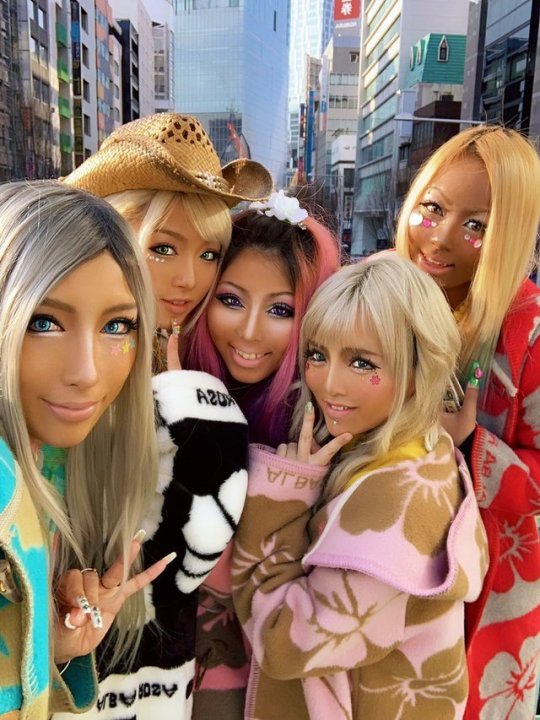Week 7: People's Fashion Expression and Influence
Grace Petersen
May 11, 2019
Grace Petersen
May 11, 2019
This week we examine the way that the internet sphere has taken influence from Asian bloggers, and how pop culture has become more and more enamoured with products and people from Asia. In reading this week's articles- particularly Minh-Ha Pham's- I was intrigued to see how the earlier 'democratic fashions' began to show an intercultural exchange with Asian bloggers leading the pack so to speak. While the asian 'superblogger' phenomena is linked to the general asian chic tend of the early 2000s-2010s, it is interesting to note the ways in which the bloggers had an agency in participating and curating their own blogs. In being able to control their content, bloggers shape the influence they wield in fashion, and perhaps this is why antibloggers have been so worked up about the idea of asian superbloggers exerting influence without the oversight of high fashion. In comparison to this dichotomy, one can look at street fashion such as in the Kawamura article and see how the rebellious teen expression is a political statement. Whether through blogging or through walking down the streets of Tokyo, fashion is about creating an identity, and representing it.
One of the most interesting things to me is how fashion evolves over time. Even the trends in fashion from Kawamura's article are now so far removed that they entirely different systems of naming and organizing. Today, the Japanese street fashion scene for example has evolved in so many ways that it might be argued to no longer be recognized as seperate sub-fashions. Instead, each individual has the freedom to personalize which elements of fashion they take, but instead of removing categories it seems the categories have instead expanded. Take the two above images for example, the first shows an example of Yamamba gyaru fashion as Kawamura describes. The second shows Japanese fashionistas in a variety of looks under the Gyaru name, all influenced by some of the iconic traits of the Yamamba look. It seems to me that while Street fashion and fashion bloggers might be more democratic, inevitably people find ways to organize and categorize, very similarly to the ways mainstream of top end fashion does in delineating design houses, styles, and all other modes of category which exist and operate to maintain a sense of order.


No comments:
Post a Comment